Punjab’s Wildlife Sanctuaries




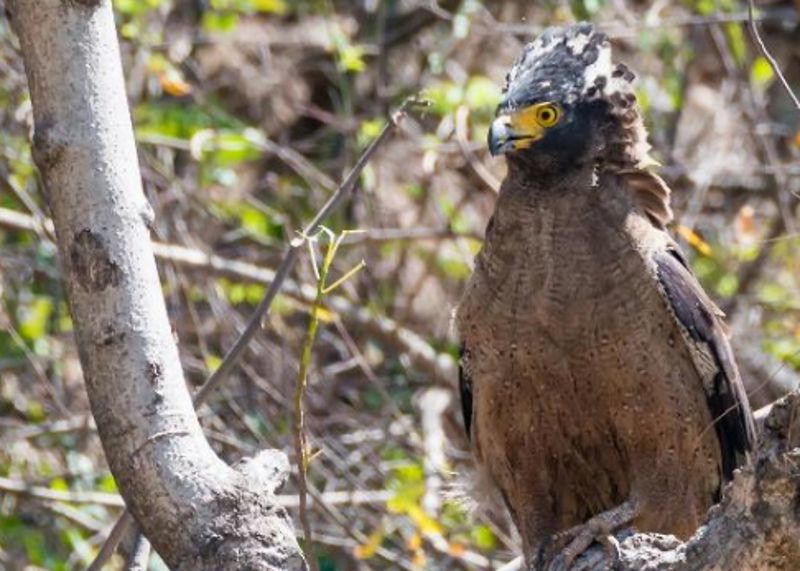


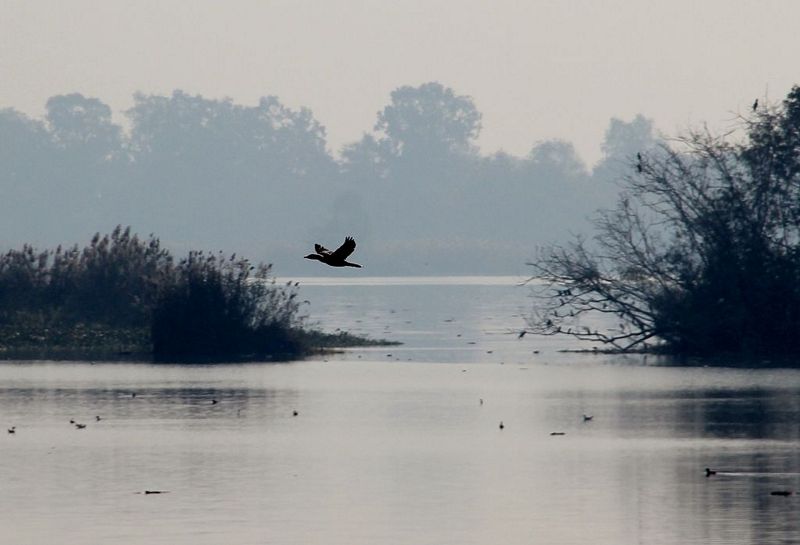
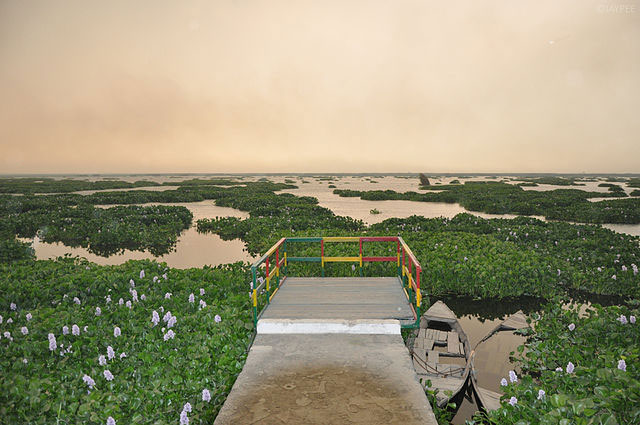
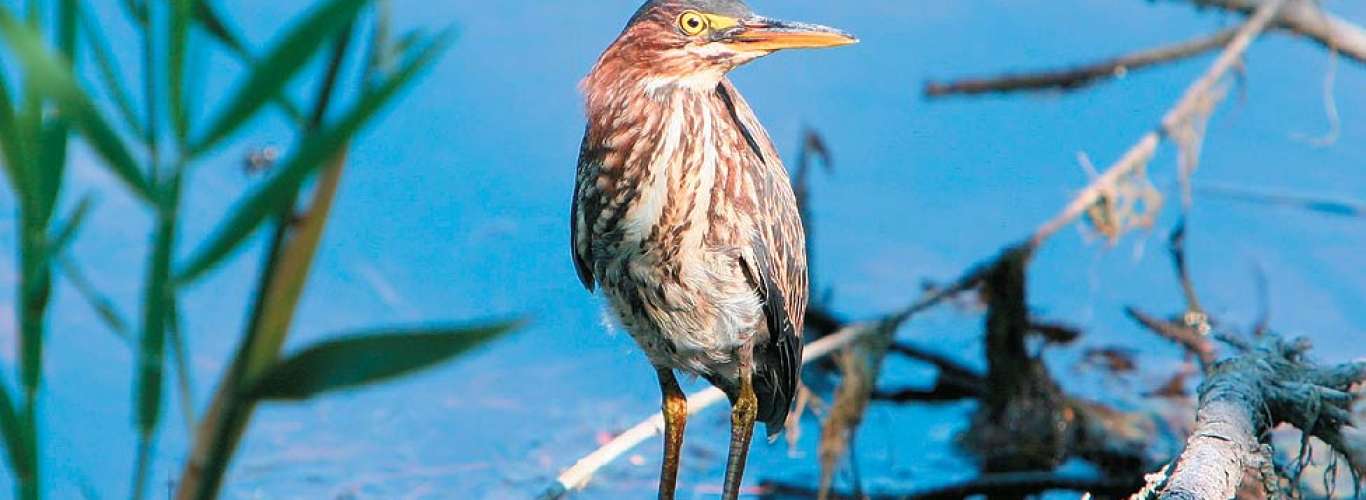
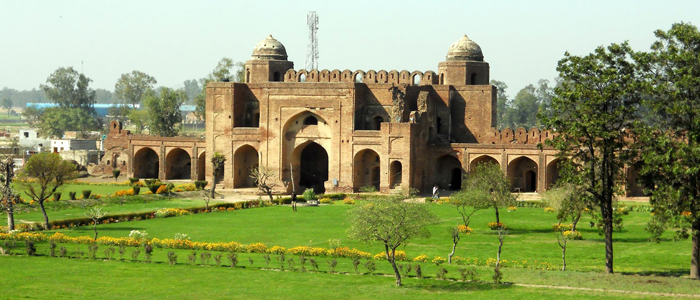
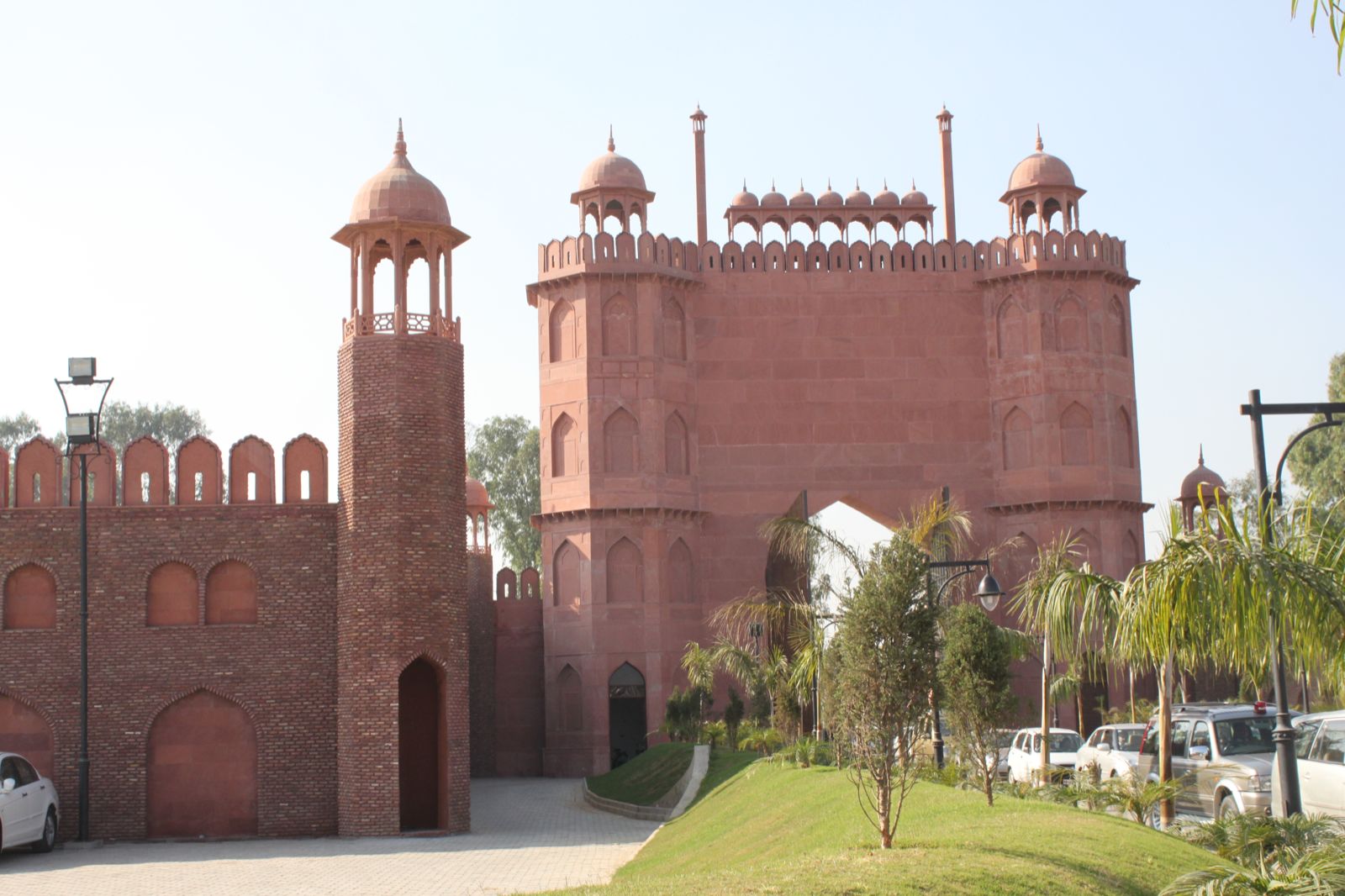



Ludhiana in Punjab is known to be an industrially prosperous town which contributes significantly to the state's economy. Ludhiana enjoys close proximity with other important cities of north India like Chandigarh, Delhi, Amritsar and Lucknow. The two most fascinating tourist attractions of Ludhiana are Lodhi Fort near Sutlej River and Maharaja Ranjit Singh Museum. Several temples and gurudwaras also adorn the city.
Surrounding Ludhiana are some of Punjab’s best wildlife sanctuaries that offer a great way to get in deep with nature. If you are passionate about photography, then wildlife sanctuaries must serve as heaven for you. There are many places in Punjab to visit where you can have the best of times, regardless of age, exploring the wonders of nature. Punjab is home to several of the best wildlife sanctuaries of India. Some of them are popular for their landscape others for the rare species that inhabit the beautiful countryside. The most favorable time to visit these sanctuaries is during the months of winter. The wildlife sanctuaries of Punjab should be on the wishlist of every traveller who visits India.
Bir Mehas Wildlife Sanctuary
If you want to experience the true beauty of Punjab there is no better place than Bir Mehas wildlife sanctuary. Home to a variety of diverse species of both animals and birds, Bir Mehas also serves as a safe zone for those species faced with the threat of extinction. The sanctuary’s name is derived from the village where it is located, the quaint village of Mehas. Even though the sanctuary is not that large, visitors  can lay their eyes upon many rare species of birds and animals. The sanctuary also provides visitors with a great opportunity to learn more about its special wildlife and also about the various ways to protect them.
Abohar Wildlife Sanctuary
Situated in the district called Fazilka, this part of the city has ties with two other states of India, it is known as the Trinity of Culture. The central attraction of Abohar Wildlife Sanctuary is the black buck deer, a species which is on the verge of extinction. The black buck deer also happens to be the state animal of Punjab. Chances of interacting with this rare species in parts of Punjab is pretty low, so a visit to Abohar is a must. The locals of Punjab believe that black buck is sacred and very special! In Abohar visitors will be privileged to see a spieces of bird known as neelgai or the blue bull..
Bir Bhadson Wildlife Sanctuary
The environment and climate of Punjab plays a vital role in the quality and large number of wildlife sanctuaries in the region. Bir Bhadson is the largest wildlife sanctuary in Punjab. In this sanctuary,they stress their care of endangered species, aiming to ensure they are protected them from extinction. Back in Punjab’s history this area was part of the hunting zone of the emperors. Now it is being preserved as the Shikargh region as it is the lodging place of thousands of different species of animals and birds.
Kathlaur Kushlian Wildlife Sanctuary
This wildlife sanctuary was only recently created. Cameras are most welcome inside the sanctuary and providing an unparalleled experience for wildlife photographers. Kathlaur Kushlian Wildlife Sanctuary is famous for its diverse collection of deer that shelter in the park including barking deer, hog deer etc. all very rare and difficult to photograph. Kathlaur Kushlian is also home to several unique species of birds including vultures, owls, and parakeets.
Jhajjar Bacholi Wildlife Sanctuary
Jhajjar Bacholi is situated in a city which is rich in historical importance. Jhajjar Bacholi is a part of the city which is known as holy city of bliss. The sanctuary sprawls over a luxurious 289 acres of land. Exploring the sanctuary you will spot animals like hare and barking deer etc.
Takhni Rehampur Wildlife Sanctuary
Takhni Rehampuris one of the most visited wildlife sanctuaries of Punjab. Situated near the city of Hoshiapur the sanctuary is located on a massive 956 acres of land. Missing this museum would be a shame as it is quite popular for the birds which migrate to this stunning land to spend the time. Jackal and the wild boar along with countless species of birds make this place a heaven. As you will walk around the sanctuary you will start hearing the music of jungle which make you an ardent lover of nature.
Bir Motibagh Wildlife Sanctuary
The wonder that is Punjab is such that even the migratory birds pick Punjab as their ideal destination. Punjab is a region region that still houses rich flora and fauna. The decision to protect much of its habitat gave birth to these wonderful sanctuaries including Bir Motibagh Wildlife Sanctuary. Rhesus monkey are a highlight of this Sanctuary along with other animals like chital, blue bull, hundreds of deer etc.
Bir Gurdialpura Wildlife Sanctuary
The greenery of Bir Gurdialpura is priceless to Punjab. Many species featured here are facing the threat of extinction. The sanctuary also features a broad range of aquatic animals who make their home in Bir Gurdialpura Wildlife Sanctuary. The variety of vegetation and the number of trees is exceptional and provides the visitor with a great chance to gather more information about each of them. A forrest safari is an adventurous option offered by the sanctuary. Let your spirit go wild in the lush of green.
Bir Bunerheri Wildlife Sanctuary
Situated in the renowned city of Punjab, Patiala Bunerheri welcomes thousands of visitors each day. The sanctuary sprawls over an extensive 660 acres of land and makes full use of a jungle safari to allow visitors to get up close with nature and the local inhabitants. There are various ways to reach this astounding sanctuary, no matter where you are coming from. Explore the jungle and observe the lives of animals like Rhesus Monkey, Black Buck etc. This is one of those places that is often visited by wildlife photographers and nature lovers.
Harike Lake Wildlife Sanctuary
Finally Harike Lake Wildlife Sanctuary holds a prominent place among the wildlife sanctuaries of India. Other than the common species you will find in a sanctuary you will experience a massive array of fishes and turtles. The ideal time to make your visit to this sanctuary is during the winter months.
Getting there
The city of Ludhiana in Punjab is fairly central to the sanctuaries. From Ludhiana to the final sanctuary at Abohar is approximately 900 kilometres and could be covered using a mix of busses, cars and private drivers.
Chandigarh Airport, located around 100 km away, serves as the nearest airport to Ludhiana. The second nearest airport to Ludhiana is Amritsar Airport. Almost all domestic airlines serve these two airports with daily flights. So one can board a direct or stopover flight from any part of India till Amritsar or Chandigarh and then travel to Ludhiana by bus or car.
Ludhiana is linked with major cities of Punjab like Amritsar, Chandigarh, Pathankot, Jalandhar and Ambala by both state transport and private buses. Bus services from other states like Himachal, Delhi, Rajasthan and Jammu are also available in Ludhiana. As buses run on daily basis and at frequent intervals, road transportation in Ludhiana is convenient and accessible.
Ludhiana is served by regular trains from Delhi, Chandigarh, Amritsar, Pathankot, Lucknow and other major north Indian cities. As Ludhiana has its own railway station, one can easily board a train from anywhere to travel to Ludhiana. Also, many trains coming from far off cities have scheduled halt here.


